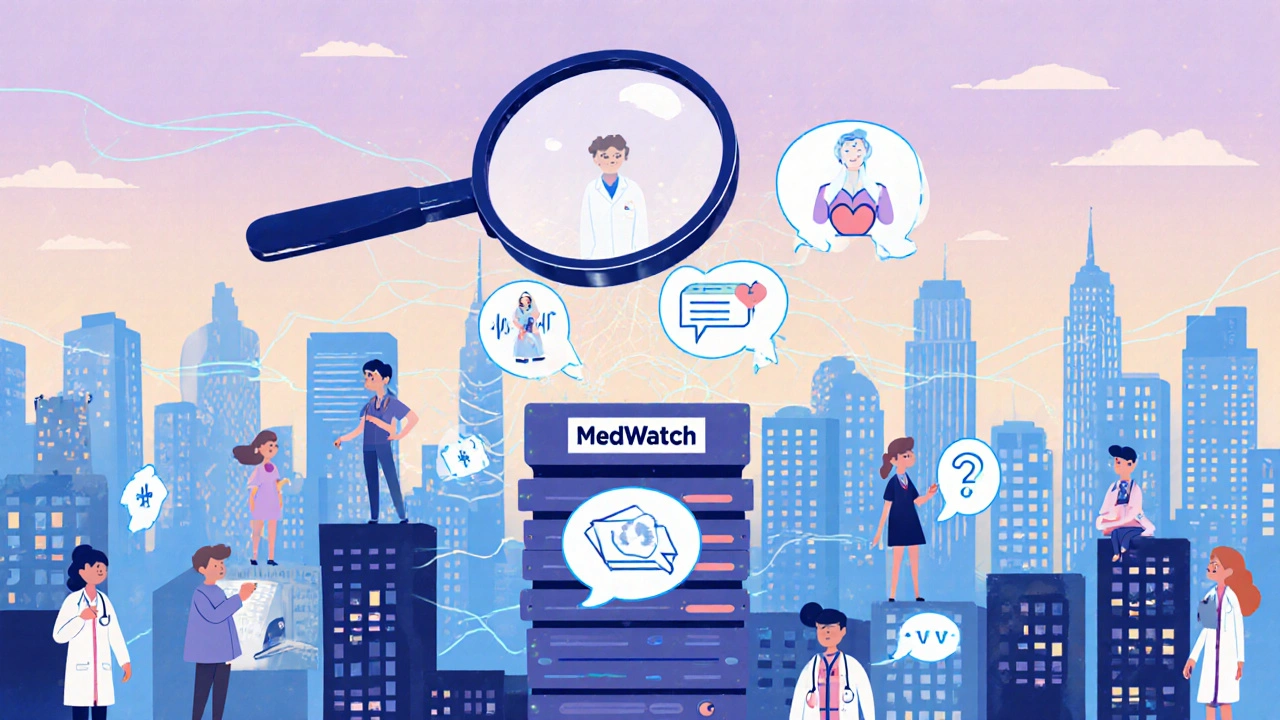When you take a medication, you expect it to help—not hurt. But adverse drug reactions, unintended and harmful responses to medications at normal doses. Also known as drug side effects, they’re one of the leading causes of hospital visits and even deaths. These aren’t just rare accidents. They happen often enough that nearly 1 in 5 people on multiple prescriptions will experience one. And most of them are preventable.
Not all adverse reactions are the same. Some are predictable, like nausea from antibiotics or dizziness from blood pressure pills. Others, like liver damage from long-term NSAID use or severe allergic reactions to penicillin, are rare but dangerous. Drug interactions, when two or more medications change how each other works in your body. Also known as medication conflicts, they’re behind many of the worst outcomes. For example, smoking can slash clozapine levels by half, making your antipsychotic useless—or if you quit smoking without telling your doctor, you could overdose. Or take sulfonylureas for diabetes: they can drop your blood sugar so low you pass out, especially if you skip meals or take them with certain antibiotics.
Medication safety, the practice of using drugs correctly to avoid harm. Also known as pharmaceutical risk management, it’s not just about following the label—it’s about knowing what to watch for and when to speak up. Many people think a rash or headache is just "normal" when it’s actually the first sign of something serious. And mislabeling a side effect as an allergy—like saying you’re allergic to penicillin when you just got stomach upset—can lock you into less effective, more expensive drugs. Even something as simple as timing matters: taking a pill with food instead of on an empty stomach can change how much of it enters your system.
And it’s not just about the drug itself. Your age, your other conditions, even your diet or how much you sleep can change how your body handles medication. Beta-blockers might make you too tired to exercise, but if you measure effort by how hard you’re breathing instead of your heart rate, you can still stay active safely. Oral chemotherapy works at home, but missing a dose or mixing it with grapefruit juice can turn treatment into a crisis.
What you’ll find below isn’t a list of scary stories—it’s a practical guide to spotting trouble before it hits. From antidepressant withdrawal that feels like brain zaps, to how mRNA vaccines are monitored for rare heart issues, to why some people mistake side effects for allergies—each article cuts through the noise. You’ll learn how to read your prescription label so you don’t accidentally double-dose, how to tell if a reaction is serious enough to call your doctor, and which drugs carry the highest risks so you can ask smarter questions.
Posted by
Paul Fletcher
13 Comments

Post-marketing pharmacovigilance is how hidden drug side effects are found after approval. Learn how real-world data, AI, and patient reports catch dangers clinical trials miss - and why your report matters.
read more